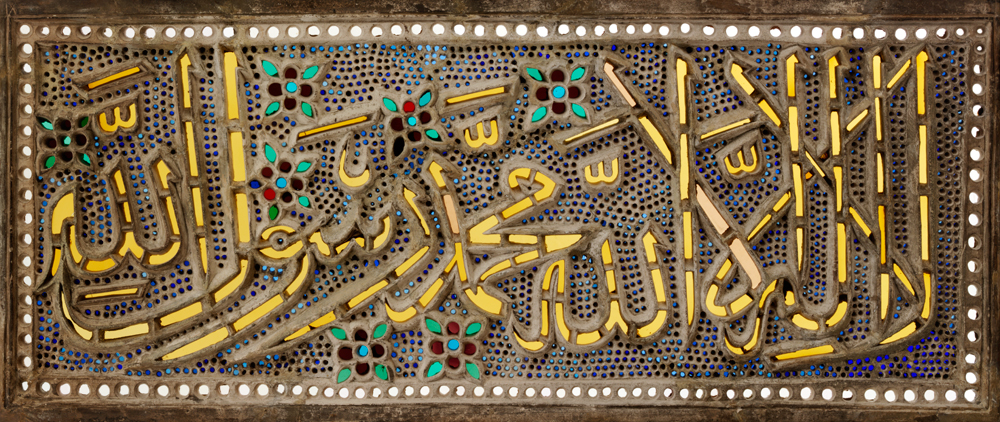Have you been looking for Islamic wall art for sale? Let us first understand what Islamic or Muslim wall art is. It is the calligraphy of verses from the Quran on frames that can be fixed to the wall. Sometimes, it can be engraved directly on the wall itself, as in the case of historical monuments or mosques.
Islamic calligraphy was born shortly after the demise of the Prophet (peace be upon him) in Arabia. A need was felt to transcribe the Divine revelations in the form of a book. Also, due to Islam’s prohibition on imagery of human beings or animals, no figurative paintings were allowed to put on walls. So, Islamic wall art came into being.
Islamic calligraphy became the primary expression of art in Islamic empires, from the Ottoman sultanate in Turkey to the Mughal dynasty in India. From the Blue Mosque in Istanbul, Turkey, to the Taj Mahal in Agra, India, the famous Muslim monuments are all decorated with Quranic verses written in artistic styles.
The Arabic script was also very suitable for calligraphy. The Arabic script has loops, curves, dashes, vowel symbols and diacritical dots which can be easily manipulated to devise a stunning piece of writing. Especially, letters can be broken to less than half their full size so that they can blend smoothly into other letters.
As Muslims governed different parts of the world – from Spain in the west to large parts of India in the east, they employed skilled calligraphers to decorate their monuments and buildings with Islamic calligraphy. The artists would also paint, carve, stitch, or etchthe ayatson handicrafts such as ceramic pottery, wooden artefacts and wall rugs. Calligraphers were also hired to pen court papers.
Each region developed its own unique style of Islamic calligraphy. The Kufic style of straight, angular strokes developed in Kufa, Iraq; the elaborate and dotted Diwanifont took shape in Istanbul, Turkey; the Nastaliq font thrived in the courts of Iran.
As Muslim empires were taken over by European imperialists, Islamic calligraphy received a setback, but regained its glory when new nations gained independence.
Recently, there has been an increase in interest in Islamic calligraphy, on account of the online revolution, particularly e-commerce. From majestic facades of the past, Islamic calligraphy now finds itself in modern, minimal spaces. Due to digital technology, e-commerce, and rising purchasing capacity of people, Islamic calligraphy has made a comeback in the form of ‘Muslim wall art’. A lot of websites now offer Islamic wall art for sale – indifferent varieties like low-cost vinyl stickers, digital prints on canvas, paper or leather, and stainless steel frames. People not only adorn their homes, offices or restaurants with Muslim wall art but also give it as a gift to loved ones. Individual artists as well as galleries now sell their artworks online, and do bespoke art as well. Certainly, Islamic calligraphy has seen big changes over time in terms of mediums, scale, accessibility and profile of buyers.
